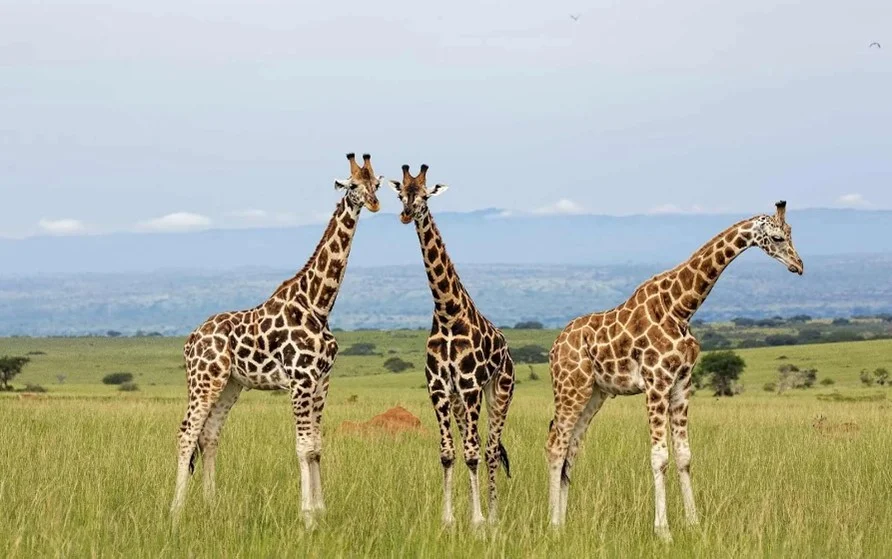Environment & Ecology
In News: A recent genealogical study of the largest captive herd in India at the Alipore Zoological Garden in Kolkata has confirmed that these are most likely Nubian giraffes or the Rothschild giraffe.
- About 150 years ago, British colonialists brought northern giraffe to India.
- These now comprise a captive population of 29 individuals across the country.
About:
- Study aims to ensure that two different giraffes are not interbred with each other and the giraffes’ germplasm is preserved.
- “Stud-books” maintained in zoos across India had little to no information on where the giraffes brought to India from Africa had been captured, so the only way to identify the species would be through a mitochondrial gene study.
- As giraffes are an exotic species that was imported into India, protocols to manage the populations were different when compared to animals that are native to the country.
About Nubian giraffes:
- Nubian giraffes (or Giraffa camelopardalis camelopardalis) are believed to be among three sub-species of the northern giraffe.
- It is found in Ethiopia, Kenya, Uganda, South Sudan and Sudan.
- It is currently extinct in the wild of the Democratic Republic of Congo, Egypt and Eritrea.
- The Nubian giraffe used to be widespread in northeast Africa.
- IUCN status: ‘critically endangered’

About Rothschild giraffe:
- Rothschild giraffe (or Giraffa camelopardalis Rothschild) is a subspecies of the Northern giraffe.
- The Rothschild’s giraffe is easily distinguishable from other subspecies. The most obvious sign is in the colouring of the coat or pelt.
- They live in savannahs, grasslands, and open woodlands of Uganda and Kenya.
- IUCN status: ‘endangered’

Source: The Hindu













